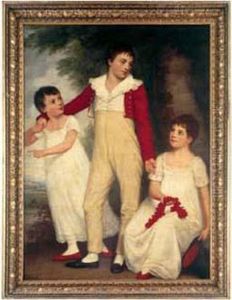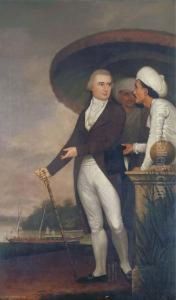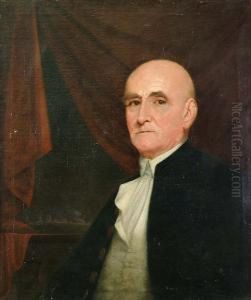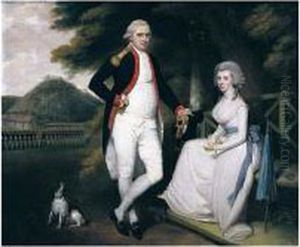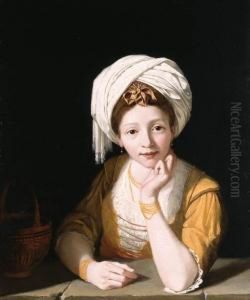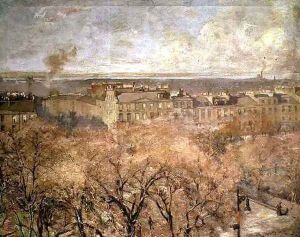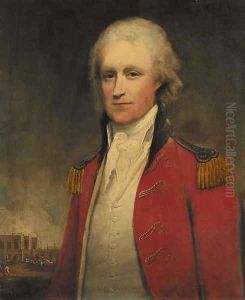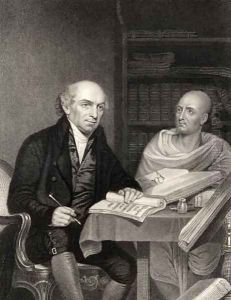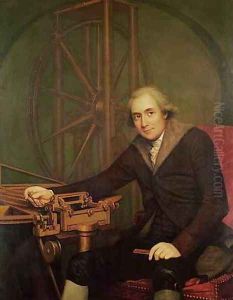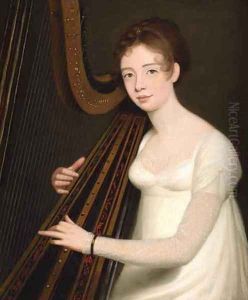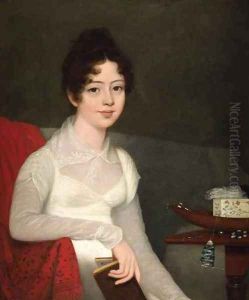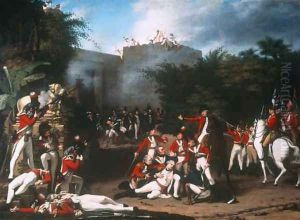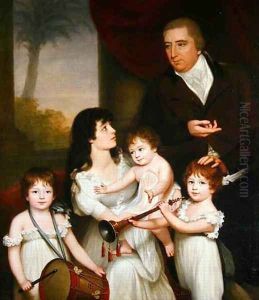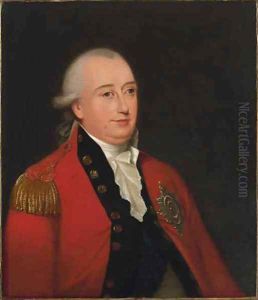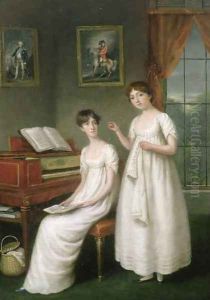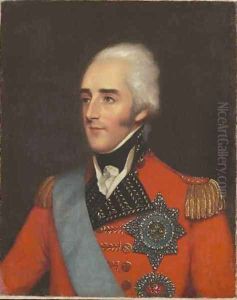Robert Home Paintings
Robert Home was a British artist known for his portrait paintings and was an important figure in colonial India's artistic scene. Born on September 1752 in Hull, England, Home developed an early interest in art. He studied under Angelica Kauffman, one of the founding members of the Royal Academy of Arts in London. Home's early career in England did not yield much success, prompting him to seek opportunities abroad.
In 1790, Home travelled to India, where he found a more receptive audience for his work among the British colonial administrators and the Indian aristocracy. He arrived in Calcutta (now Kolkata) and became a part of the burgeoning cultural milieu of the British Raj. Home travelled extensively throughout India, capturing the likenesses of various British officials, Indian rulers, and their families. His portraits are notable for their blend of European artistic conventions and the vibrant details characteristic of the Indian context in which he worked.
During his time in India, Home also painted historical scenes and landscapes. He documented important events such as the battles of the Anglo-Mysore Wars, which were significant conflicts between the Kingdom of Mysore and the British East India Company. These works provide valuable historical insights into the period and are considered an integral part of India's colonial visual history.
In 1814, Home moved to Lucknow, where he continued his work as a court painter for the Nawab of Awadh. His work during this period is particularly noted for its rich detailing and incorporation of local culture. Home's contribution to the arts extended beyond painting; he wrote a book titled 'The Select Views in Mysore, the country of Tippoo Sultan' which included illustrations and descriptions of the region's landscape and architecture.
Robert Home's career in India lasted for over three decades, during which he made significant contributions to the artistic heritage of the time. He returned to England in 1828, where he spent the last years of his life. Home passed away in 1834, leaving behind a legacy of work that continues to be appreciated for its historical and artistic value. His paintings are housed in various museum collections, including the Victoria and Albert Museum in London and the National Portrait Gallery.

